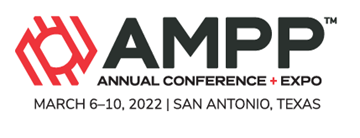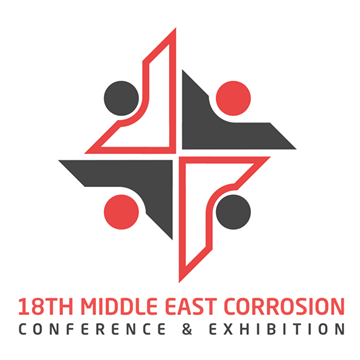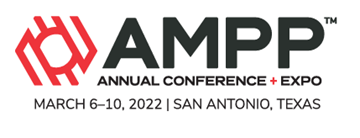Search
AMPP Conference Papers
View as
Sort by
Display
per page
Influence Of Cold Deformation On Hydrogen Embrittlement By Determining The Critical Hydrogen Concentration In High Strength Steel For Wire Applications
Product Number:
51322-17639-SG
Publication Date:
2022
$20.00
Influence of Experimental Injection Method on the Inhibition Efficiency of Volatile Corrosion Inhibitors for Top-of-the Line Corrosion Mitigation
Product Number:
51323-19452-SG
Publication Date:
2023
$20.00
Influence of grout conditions on duct-to-strand galvanic coupling within bonded internal posttensioned tendons
Product Number:
51323-19371-SG
Publication Date:
2023
$20.00
Influence of High CO2 Partial Pressure on Top-of-the-Line Corrosion
Product Number:
51324-21220-SG
Publication Date:
2024
$40.00
Influence of Hydrocarbon on Stearic Acid as Corrosion Inhibitor in Synthetic Brine
Product Number:
51323-19330-SG
Publication Date:
2023
$20.00
Influence of Impurity Adsorption and Condensation on the Initial Corrosion Mechanism of CO2 Transport Pipeline Steel
Product Number:
51323-19066-SG
Publication Date:
2023
$20.00
Influence of Operating Temperature on the Corrosion of Alloy UNS S50200 under Catalytic Hydrodeoxygenation of Pyrolysis Oil by Supercritical Ethanol with In-situ Hydrogen Source
Product Number:
51324-21240-SG
Publication Date:
2024
$40.00
Influence of Operating Temperature on the Corrosion of UNS S30400 Steel under Catalytic Hydrodeoxygenation of Pyrolysis Oil by Supercritical Ethanol with In-situ Hydrogen Source
Product Number:
51323-19012-SG
Publication Date:
2023
$20.00
Influence of Oxygen Diffusion Coefficients and Soil Moisture Content on the Corrosion Behavior of Carbon Steel
Product Number:
MECC23-20174-SG
Publication Date:
2023
$20.00
Influence of Pb and Cl in Waste Wood Fuel on Furnace Wall Corrosion of Low Alloyed Steel and Alloy 625
Product Number:
51324-21033-SG
Publication Date:
2024
$40.00
Influence Of Ternary Additives On Electrochemical And Mechanical Behaviors Of Electroless Ni-P Coatings
Product Number:
51322-17841-SG
Publication Date:
2022
$20.00
Influence of the H2 Impurity on the Fatigue Crack Growth and Fracture in a Dense Phase CO2 Pipeline
Product Number:
51324-20721-SG
Publication Date:
2024
$40.00












